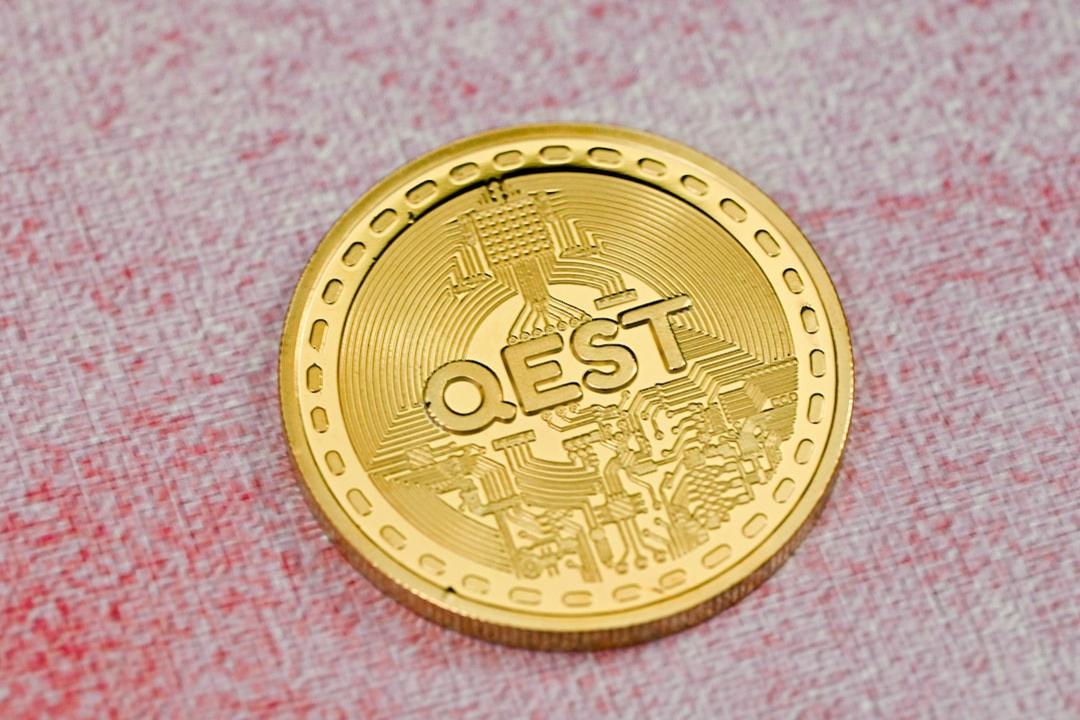Memecoins that can tap into deeper aspects of culture during this cycle have the potential to be much more lucrative than typical meme tokens centered around animals and simple jokes, according to Andrew Kang, co-founder of Mechanism Capital.
In a post on April 7, Kang highlighted a new category of “culture coins” – memecoins that revolve around cultural values such as politics, brands, religion, and lifestyle. He believes that these coins have the potential to go viral, surpassing the popularity of previous memecoins like Dogecoin (DOGE) or Shiba Inu (SHIB) coins.
Kang emphasized that these culture coins can represent a variety of ideologies, whether they are focused on politics, religion, consumer goods, sports, lifestyles, or a combination of these. He specifically mentioned two Solana-based memecoins, Jeo Boden (BODEN) and Doland Tremp (TREMP), as examples of culture coins that gained rapid traction within communities with anti-woke, anti-Biden, and right-wing views.
Since its launch on March 9, BODEN has experienced significant growth, with gains of over 700,000%. It currently has a market capitalization of $473 million, making it the 191st largest token by total value, according to CoinGecko. TREMP, a Donald Trump parody coin, has also seen notable gains since its launch on Feb. 27, but hasn’t gained as much traction as BODEN. It currently has a market cap of $73 million.
In addition to political themes, Kang suggested that memecoins based on successful consumer brands can also be profitable. He specifically mentioned ZYN and MOUTAI as examples of his firm’s investments. Kang believes that these coins can leverage the associated lifestyle of the brand for added virality, providing an advantage over animal coins.
Kang compared investing in memecoins to investing in regular assets that can generate significant returns. He stated that the assets that experience the greatest increase in value, such as stocks, real estate, metals, and coins, are simply assets that people have the most faith in.
However, there is a division of opinions within the crypto industry regarding the impact of memecoins. While BitMEX co-founder Arthur Hayes views memecoins as a “net positive” for their respective blockchain networks, others consider them to be speculative and potentially harmful, deviating from the founding principles of blockchain technology.
Regardless of the debate, memecoins have proven to be the most profitable sector within the crypto market in the first quarter of this year. According to a market report from CoinGecko, the top 10 largest memecoins recorded an average gain of 1,312.6% for holders in Q1 2024.
CoinGecko analyst Lim Yu Qian stated that the memecoin narrative was 4.6 times more profitable than the next best-performing crypto narrative of tokenized real-world assets (RWA), and 33.3 times more profitable than layer 2 narratives with the lowest returns in Q1 this year.
In conclusion, while investing in memecoins carries risks, they have emerged as the most profitable sector in the crypto market. However, caution is advised when venturing into memecoins associated with Solana, as there are potential dangers to be aware of.
Trending
- KiloEx Exchange Exploiter Restores All Stolen Funds Following $7.5 Million Hack
- Hashkey Targets XRP ETF in Asia with New Fund Supported by Ripple
- Sygnum Predicts Potential Altcoin Rally in Q2 2025 Due to Enhanced Regulations
- Media Tycoon Files Counterclaim Against Justin Sun in $78 Million Sculpture Dispute
- Yemenis are embracing DeFi in response to US sanctions on the Houthi group
- Saylor and ETF Investors’ ‘Stronger Hands’ Contribute to Bitcoin Stabilization — Analyst
- Bitcoin Dip Buyers Show Interest at BTC Range Lows, Yet Remain Risk-Averse Until $90K Establishes Support
- Kyrgyzstan’s President Enacts CBDC Legislation Granting Legal Status to ‘Digital Som’

